Fix Now, Save (A Lot) Later
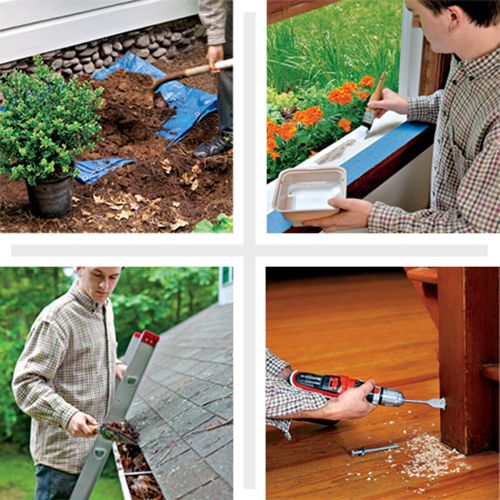
“From small things, Mama, big things one day come,” as the song goes. It’s especially true when it comes to your house. Left unchecked, seemingly minor things—a gutter pitched the wrong way, a bit of crumbly grout—can lead to bigger and expensive issues. The good news is that, in many cases, all it takes to head off catastrophe is a little preventive maintenance or an inexpensive repair. “Don’t wait until it’s an emergency,” says TOH master carpenter Norm Abram. “Spot-check areas around your house, preferably twice a year, in the fall and spring. And when you do fix something, do it right so that you don’t end up making the problem worse.”
Read on to learn the telltale signs of some of the most common household breakdowns just waiting to happen—and how to fix them.
Mildew on Foundation Walls
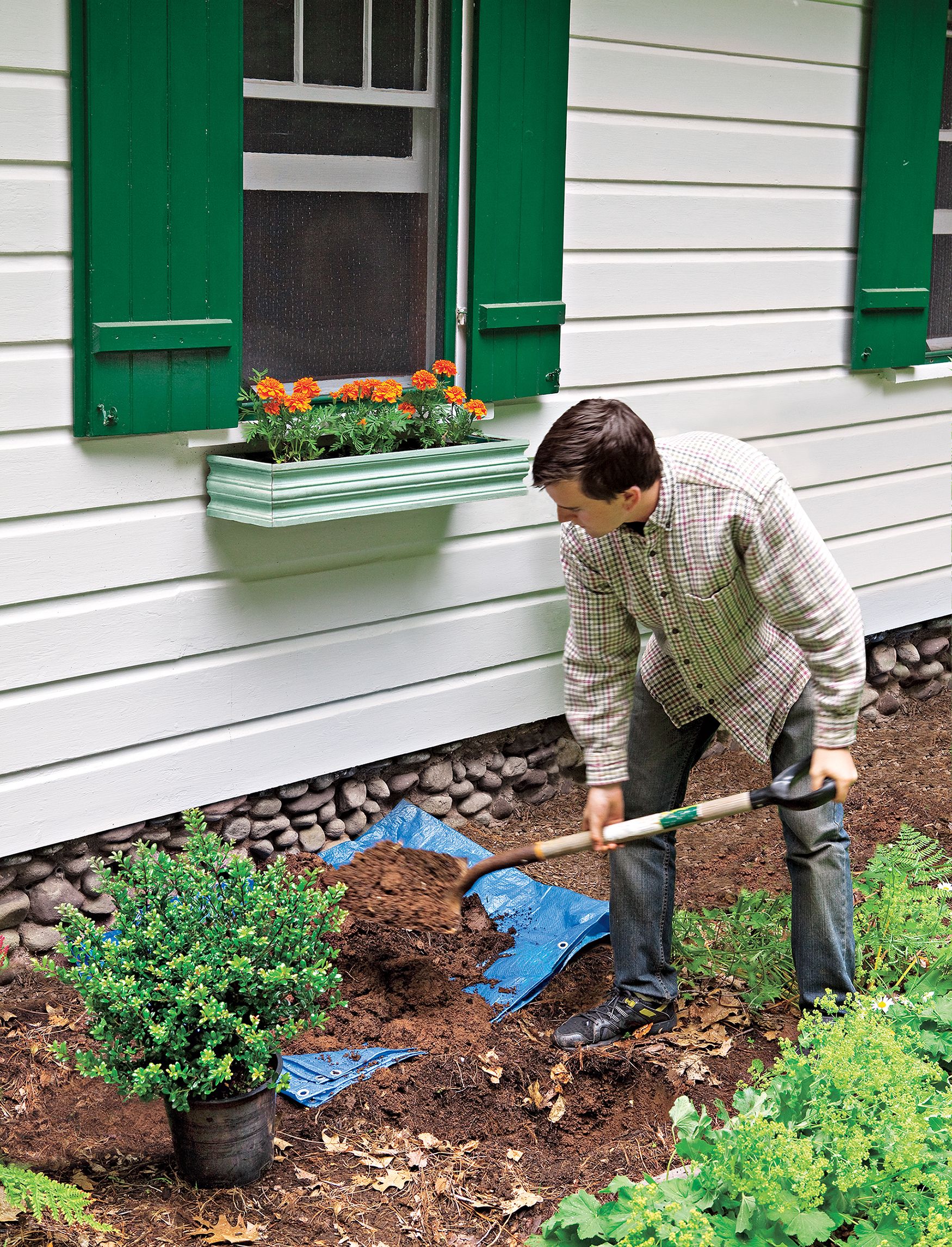
Potential problem: Overgrown foundation plantings can channel water down exterior walls, leading to mold and sill rot. What’s more, roots can work their way into foundation walls and pipes.
Fix it now: Trim shrubs yourself. Better yet, replace them with dwarf varieties that won’t be a perpetual pruning headache. In many parts of the country, planting in early fall gives shrubs a head start at establishing roots in the season’s cool, moist soil. Save money by shopping end-of-season sales at garden centers or hosting a neighborhood plant swap. “Just be sure that any new shrubs are at least 3 feet from the foundation,” says TOH land-scape contractor Roger Cook. “Otherwise they’ll keep the siding from being able to breathe.”
TOH Tip: The compact variety of Japanese holly pictured grows slowly and densely, making it an ideal choice for foundation plantings.
What you’ll save: Between $400 and $2,500 to fix a water-damaged foundation and sill.
DIY: Watch a step-by-step video on giving a new shrub a healthy start.
Worn Wood Floors
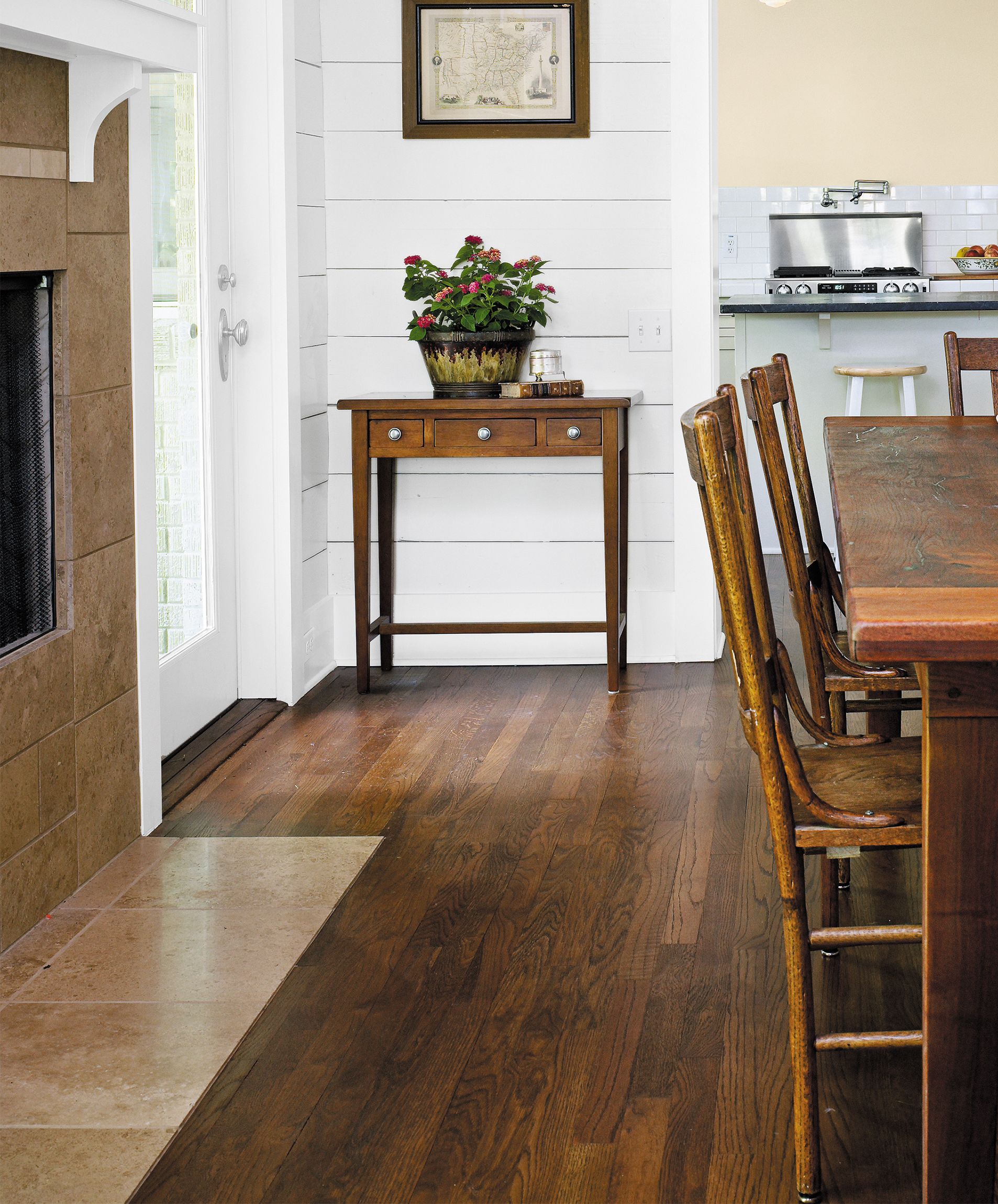
Potential problem: Failing to maintain the boards’ protective top coat of polyurethane can lead to ground-in dirt and discoloration, and cause wood to dry out and splinter.
Fix it now: At the first sign of wear, sand only the floor’s surface and apply a fresh coat of polyurethane. Pros charge about $1.25 per square foot for this “screen and poly” job, or you can rent a floor-polishing machine and do it yourself for less. Just bring the machine back on time or the cost of additional days’ rental could whittle away at your savings.
What you’ll save: Up to $5 per square foot for a full-fledged refinishing, which requires sanding down to the bare wood. The overall cost depends on how old the floors are, the number of top coats needed, and if you are using stain. Replacing sections where dried-out wood has splintered or cracked starts at $125 and can go up substantially based on the scope of the damage and the floor type.
DIY: Learn how to screen a floor.
Weather-beaten Deck Boards
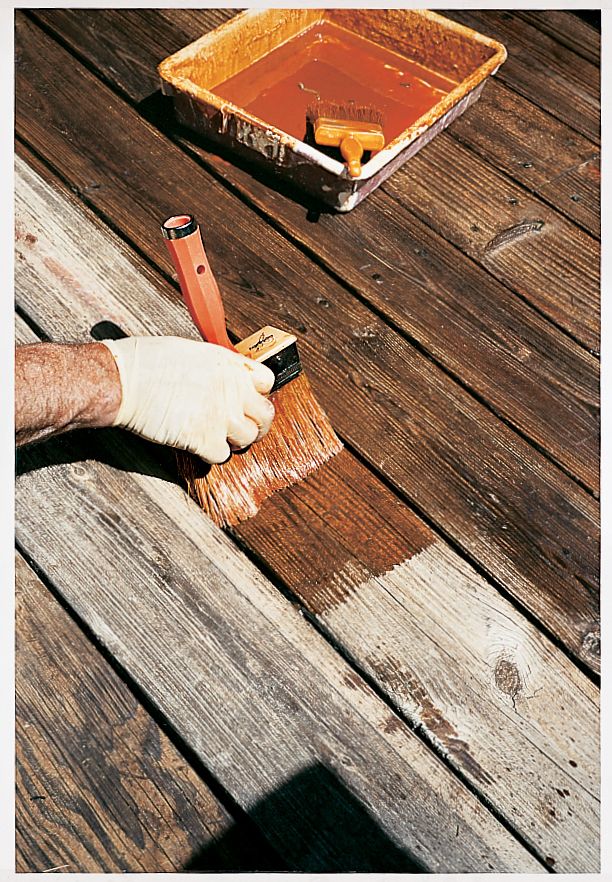
Potential problem: If not kept in check, soft boards and loose outer rails can lead to deck collapse. Probe cracks with a flathead screwdriver; if you can insert it more than ¼ inch or if the wood feels spongy or breaks off without splintering, you may have rot. See if the rails have any give by firmly wiggling them.
Fix it now: Pry off damaged boards. Cut replacements to length and secure them to the supporting joists below using stainless deck screws. Leave a 1/8-inch gap between any new boards for proper drainage. To hide the repairs, stain or preserve the boards to match the rest of the deck. Remedy loose rails and balusters by updating old fasteners with new screws, adding construction adhesive for extra strength. Tighten any loose bolts that secure the rails’ posts to the deck framing. Besides a few hours of your time with a saw, drill/driver, and wrench, expect to spend about 60 cents per linear foot for pressure-treated decking and $14 for a box of stainless screws, both vailable at home centers.
What you’ll save: From $500 to $10,000 for a professional to fix or replace the deck, depending on how widespread the damage is.
DIY: Learn how to do your own deck check.
Peeling Exterior Paint
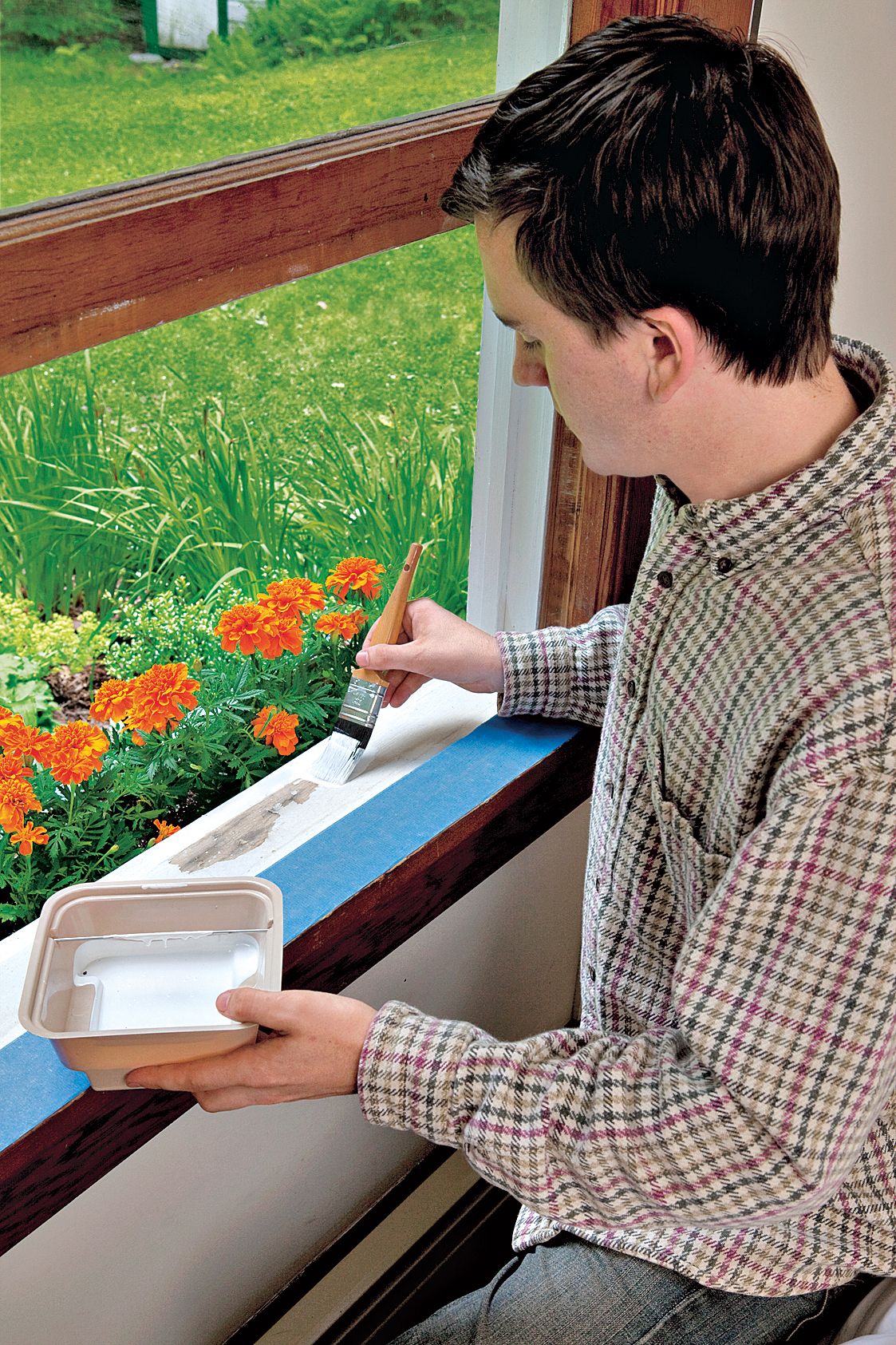
Potential problem: Blistering, cracking, or peeling of the protective finish can cause woodwork to rot. Particularly vulnerable are protruding surfaces where water sits, such as windowsills, which may need to be replaced if the damage is extensive.
Fix it now: Scrape, sand, prime, and repaint all trim that has a worn finish. For houses built before 1978, take special care during the paint removal phases to protect yourself, your family, and the environment from lead dust, which is toxic. The easiest way to fix any minor rot damage to the wood surface is to dig it out until you get down to a solid section, then fill the void with an epoxy before refinishing.
What you’ll save: About $135 per window for a pro to replace a sill that’s rotted beyond repair.
TOH Tip: Work inside when repainting windowsills so that you don’t have to use a ladder.
DIY: Learn the secrets of a professional paint job.
Split or Bowed Clapboard
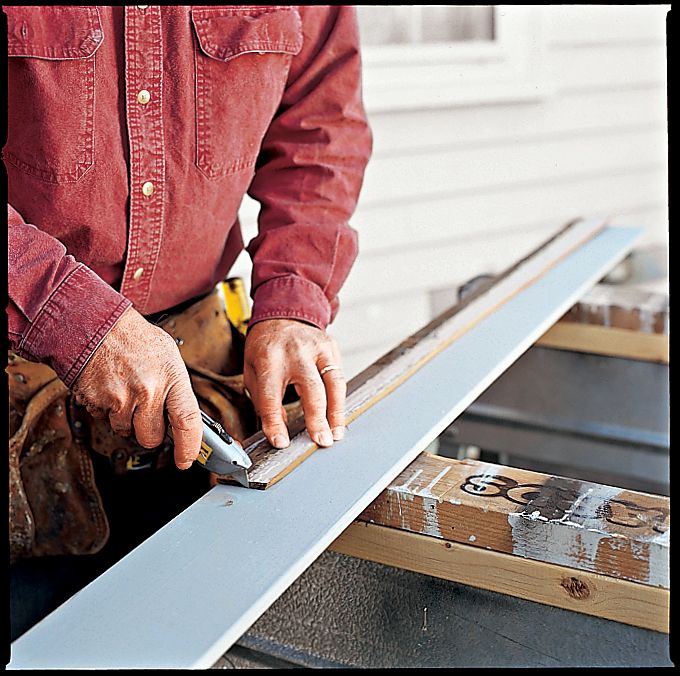
Potential problem: Damaged wood can allow rainwater to make its way into the wall, leading to decay and insect damage. Rot may also spread to surrounding boards.
Fix it now: Replace the board for $100 or less, depending on the wood type. “Don’t just caulk the crack,” says Norm. “That’ll get loose and invite more water to get behind the siding.” For a tight fit on the first try, mark the old board’s length directly on the new one. Score the cutline using a utility knife, and slice off the overage with a handsaw.
What you’ll save: Up to $3,000 to re-side and rebuild a rotted wall, including new clapboards, sheathing, framing, and drywall inside, plus $2,000 or so for termite or carpenter ant control.
DIY: Learn how to remove a broken clapboard and install a new one without damaging the surrounding siding.
Overhanging Tree Limb
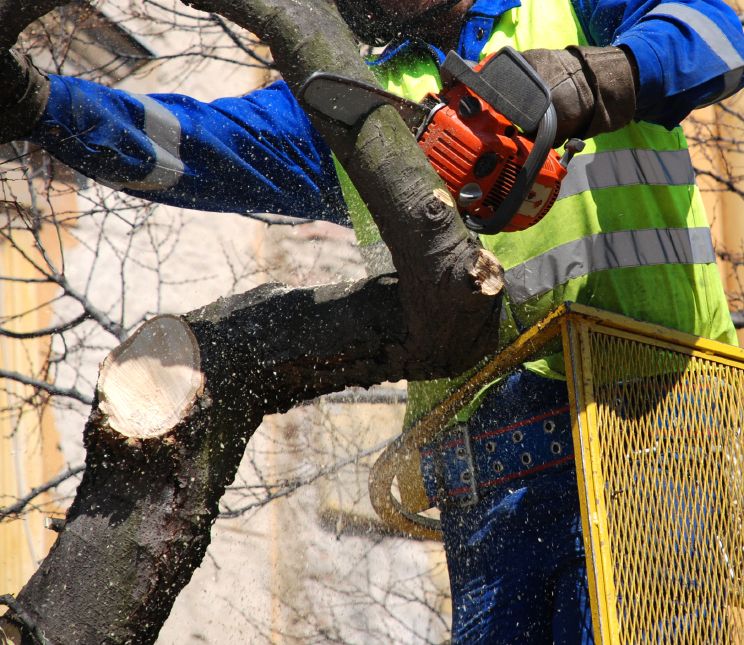
Potential problem: A storm could send large branches crashing down on the roof, and wet leaves against the siding can cause algae to grow, leading to rot. “These branches also act as a superhighway for any kind of varmint wanting to enter your house: squirrels, raccoons, and even rats,” says Roger Cook.
Fix it now: Trim a small tree yourself using a pole saw, taking care to leave the branch collar to prevent disease. For bigger jobs hire a professional arborist, who’ll typically quote you a flat rate—figure $75 to $95 an hour, depending on the height of the tree and the number of branches involved. To remove algae from siding, power-wash with a solution of 1 part nontoxic oxygen bleach to 10 parts water; power washers rent for $50 to $75 a day.
What you’ll save: From $50 (for asphalt) to $395 (for slate) per 10-by-10-foot square of replacement roof shingles, plus $150 an hour for labor. Expect to pay $800 to $1,250 to replace 150 square feet of rotted yellow pine, spruce, or fir clapboards, including labor. And to trap those pesky rodents, tack on $300 more.
DIY: See Roger Cook’s fall yard-work checklist.
Gunked-up Gutters
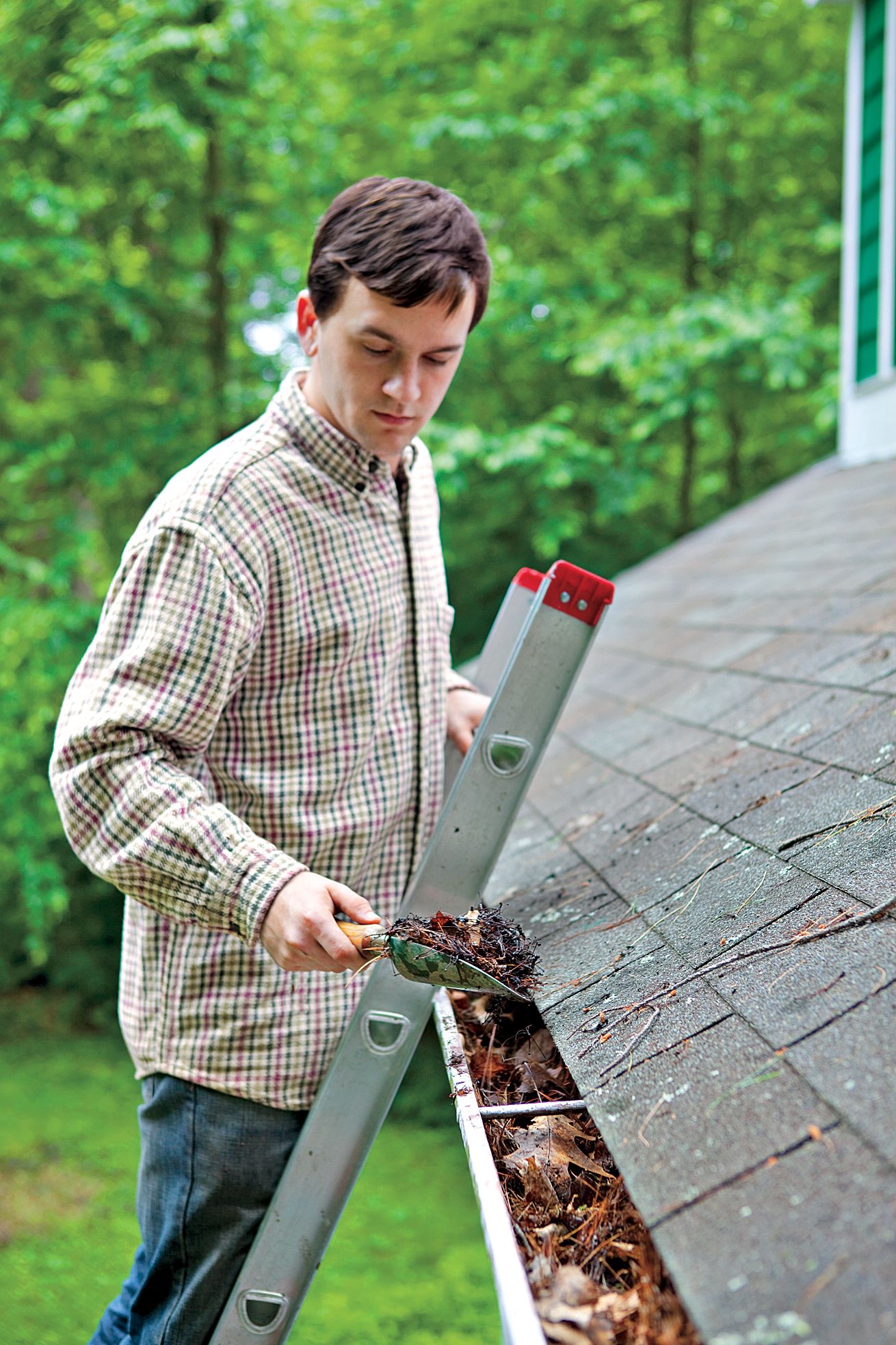
Potential problem: “A clogged, rusted, or tilted gutter can’t do its job of keeping water from splashing back on the roof or cascading down the sides of your house,” says TOH general contractor Tom Silva. This can lead to fascia and soffit rot, leaks inside the wall cavity, and framing damage.
Fix it now: Make gutter cleaning and repair part of your annual DIY fall maintenance routine. Scoop out debris. Secure any loose hanger straps, and use a level to ensure that gutters are properly slanted toward the downspouts, about ¼ inch for every 5- to 10-foot section. Then run water from a garden hose to check for leaks. Patch any holes or narrow gaps at the seams with gutter sealant; $5 for a 10-ounce tube at hardware stores.
TOH Tip: Don’t have a trowel handy? Make a gutter scoop out of a plastic milk jug. Just slice off the bottom at an angle.
What you’ll save: Easily $5,000 or more to repair rotted fascia and soffit boards, framing, and drywall. If gutters are left to rust, new seamless aluminum replacements will run you $750 to $1,000 for 150 to 200 linear feet, enough to outfit most homes.
DIY: Get the how-to for repairing damaged gutters.
Wobbly Stair Railing

Potential problem: A shaky newel, the vertical post that anchors the rail, is the likely culprit. One weak link like this can put undue stress on the entire balustrade and lead to an accident.
Fix it now: Insert a lag screw through the base of the post and into the staircase framing. One screw will steady most posts, but if it’s still a little wobbly, drive in a second screw. Countersink the fasteners and hide the heads with plugs cut from a 1-inch-diameter dowel. To make this repair, all you need are a few basic tools: a drill/driver, 1-inch spade bit, ratchet wrench, and handsaw.
What you’ll save: About $65 an hour for a carpenter to steady the newel and repair—or replace—snapped spindles. Then there’s what you’d save on hospital bills if anyone took a tumble.
DIY: See a how-to guide for tightening a newel.
Tired Tub Caulk and Grout
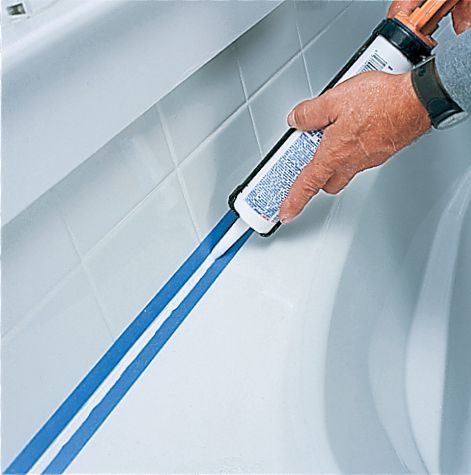
Potential problem: Puckered, missing, or shrunken caulk can allow water to seep into a wall cavity, leading to mold or even wall failure. Likewise, a chunk of missing grout in a tub surround can cause serious water damage behind the tiles.
Fix it now: Recaulking a bathtub is one of the simplest DIY projects. All you need is a $6 tube of mildew-resistant silicone. While you’re at it, touch up the grout using a premixed compound, which runs about $10 per quart. For bigger jobs, mix your own using a $12 bag of polymer-fortified grout powder. Follow the maker’s instructions to mix in just the right amount of water—too little makes grout crumbly, too much will make it cure improperly.
What you’ll save: Up to $2,500 to retile a small section, including partial demolition of the wall and new backer board. Long-neglected leaks could necessitate a $200 to $900 mold inspection, plus $2,000 to $6,000 for remediation if toxic mold is found.
DIY: Find foolproof caulk and grout tips.
